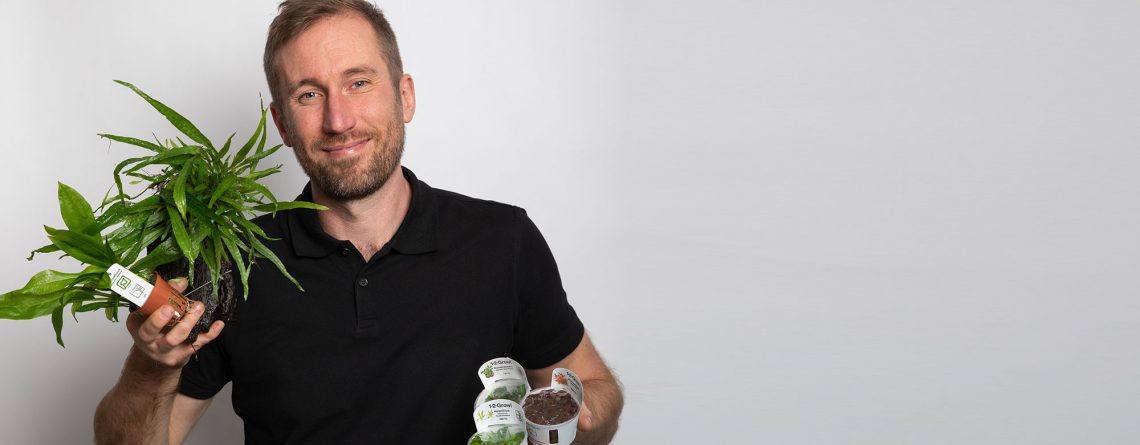Aquarium Plant Care: The Right Lighting
Aquarium Plant Care: The Right Lighting
Light is essential for plant growth. Without light plants cannot photosynthesize and will die. Choosing the appropriate light for your setup is key.
Powerful, high-end lights will bring out the fast growth and best colouration in your pants. However, high light should not be used without a consistent supply of injected CO2 and regular dosing of liquid plant fertilizer. Without CO2 and fertilisers plants cannot keep up with the energy the high lighting is providing and you will likely be fighting algae and poor plant condition.
Most modern LED units are controllable via an app or inline dimmer. In the initial stages of aquarium setup it is advised to keep lighting levels lower, around 40 – 50% for high-end units is about right, to avoid algae outbreaks while the plants are establishing and excess nutrients are abundant.
Some light units allow you to customize the colour spectrum of the light. Choose a setting which is most pleasing to your eye. Avoid going to extremes with blue and red settings. Too much blue light can promote algae growth and there is anecdotal evidence that excessive red light can be stressful for certain fish.
Powerful, high-energy lighting is not an essential for a healthy planted aquarium. There are many plants which can be grown perfectly heathy in lower light conditions. Species such as Anubias, Bucephalandra and cryptocoryne fair very well in lower energy systems, and do not demand high levels of CO2. Lower energy systems are often easier to care for with slower growth plants and less chance of algae.
Remember to choose your plants according to the light you have. Easy rated plants require lower light levels and therefore have lower CO2 and nutrient demands. Medium rated plants require higher lighting and will do best with additional CO2 and higher nutrient dosing. Advanced rated plants will need powerful lighting, high CO2 levels and consistent nutrient dosing.



